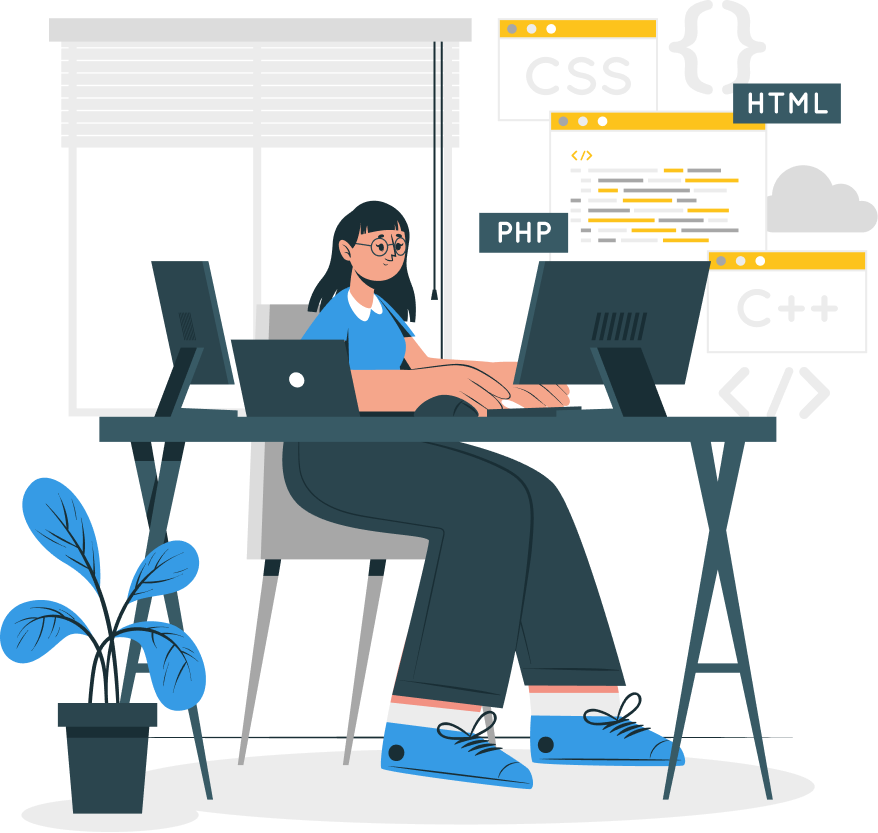Hybrid Solutions MVP Development involves the creation of a Minimum Viable Product (MVP) that strategically merges the strengths of web and mobile applications. This innovative approach aims to enhance the overall accessibility and usability of the product across diverse user categories. By seamlessly integrating both web and mobile elements, users gain the flexibility to interact with the product through the website or dedicated mobile applications.
The core objective of Hybrid Solutions is to address the challenge of catering to an audience that utilizes various devices and platforms. This development strategy acknowledges the evolving preferences of users who may switch between web browsers and mobile devices, ensuring a cohesive and consistent user experience. The Hybrid Solutions MVP serves as a versatile and adaptable solution, allowing businesses to efficiently engage with a broad user base while optimizing accessibility and usability across different technological landscapes.

